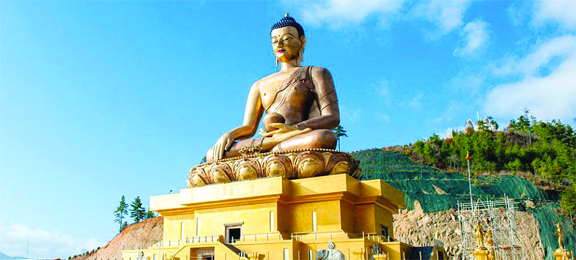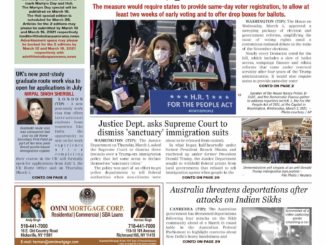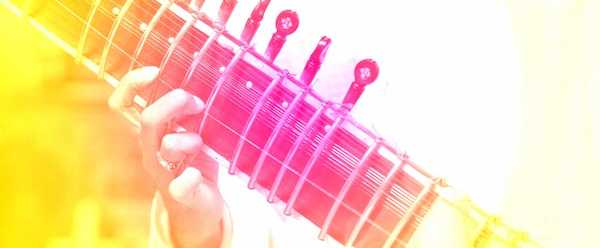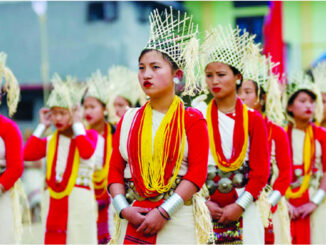
Thimphu is known as the heart of Bhutan nestled in its central-western part. Replaced by Bhutan’s ancient capital – Punakha, Thimphu was declared the capital city of the Himalayan Kingdom in the year 1961. Originally pronounced as ‘Thimbu’, the city is known as the most modernised place in Bhutan with internet cafes, restaurants and pubs.
The Nightlife in Thimphu is also one of its highlights. However, Thimphu still holds on to the Bhutanese Traditions as it houses various architectural structures like the Buddha Dordenma, which marks your entry to Thimphu. The Motithang district of Thimphu also preserves the national animal of Bhutan – The Takin. With institutions like Textile Museum, Library, Art schools and the weekend market; the city isn’t just a heritage centre but a cultural site as well. An hour drive from Paro International Airport, the city of Thimphu is a blend of both tradition and modernity. It is also known as the only capital that doesn’t have any traffic lights installed.
MEMORIAL CHORTEN
The Memorial Stupa, also known as Thimphu Chorten is one of the most prominent landmarks of the capital city. Envisioned by Thinley Norbu (1904–1987), the chorten was erected in 1974 as per Nyingma tradition of Tibetan Buddhism to honour the third Druk Gyalpo, Jigme Dorji Wangchuck (1928–1972). This is to fulfil his wish of building a chorten which represents the mind of Buddha while Jigme Dorji was alive. The remarkable thing about this stupa is that it does not preserve any human remains unlike other chortens and got only a photo of Jigme Dorji in ceremonial dress. As you will enter the gate, 100s of devotees would be seen praying around this stupa, mainly the older people. Memorial chorten is located on Doeboom Lam in the southern part of the city.
ARCHERY IN THIMPHU
Since archery is the national sport of Bhutan, it would be an experience of a lifetime for traveller to witness a game of archery. All you need to do is pay a visit to the archery stadium in Thimphu and simply sit back and enjoy a game which is as common as soccer in many countries. What adds to the experience is the traditional dance when an archer hits the bull’s eye. Make sure you carry a pair of sunglasses and some munchies to enjoy your entire time at the stadium.
ROYAL TEXTILE ACADEMY
Bhutan’s best museum is located at Royal Textile Academy, which was started in May 2005 with an aim to preserve and showcase the traditional art of Bhutan, weaving. It was started under the patronage of Her Majesty Queen Mother Sangay Choden Wangchuck as a non-profit organisation. The objective of this organisation has been to develop conservation centre to restore the Bhutanese textile, as well as provide the professional training to men and women in weaving and textile. The training is given free of cost to the women in lieu of promoting women empowerment. The Royal Textile Academy is Bhutan’s first institute to educate, train, and fill the younger generation with a comprehensive knowledge of the country’s textiles.
CHANGANGKHA LHAKHANG
One of the ancient temples in Thimphu, Changangkha Temple was established on a site chosen by Phajo Drukgom Shigpo, the founder of Drukpa Lineage in Bhutan. The temple was laid in 12th century, the work of which was extended by his son in the 13th century. This oldest temple houses an eleven-headed, thousand-armed manifestation, and large prayer wheels. In fact the temple also houses incredibly huge size of Tibetan texts which are unusual from the rest. Enjoy the view from the courtyard, which has got restored in 1998-99.
TASHICHOO DZONG
Tashichoo Dzong which translates to fortress of auspicious religious conviction conventionally was the seat of monastic body, and summer capital of the country. The dzong is serving as the government seat since 1952, and presently it houses the king office, secretariat, and other government organisations located nearby. It is also the headquarters for central monastic body of Bhutan, which opens up for general public after 5:30 pm. Unlike other dzongs, Tashichoo has two main entrances. One heads towards the south of the administrative section, and another leads towards the north to the monastic section, where annual tsechu festival is celebrated. The foundation of Thimphu dzong was first laid by Lama Gyalwa Lhanangpa in 1216. The dzong is located next to the banks of Wangchhu River, which is surrounded by a beautiful lawn. Visit this dzong for its authentic and stunning architecture. Don’t forget to spot the parliament building of Bhutan, which is quite visible from here.





Be the first to comment